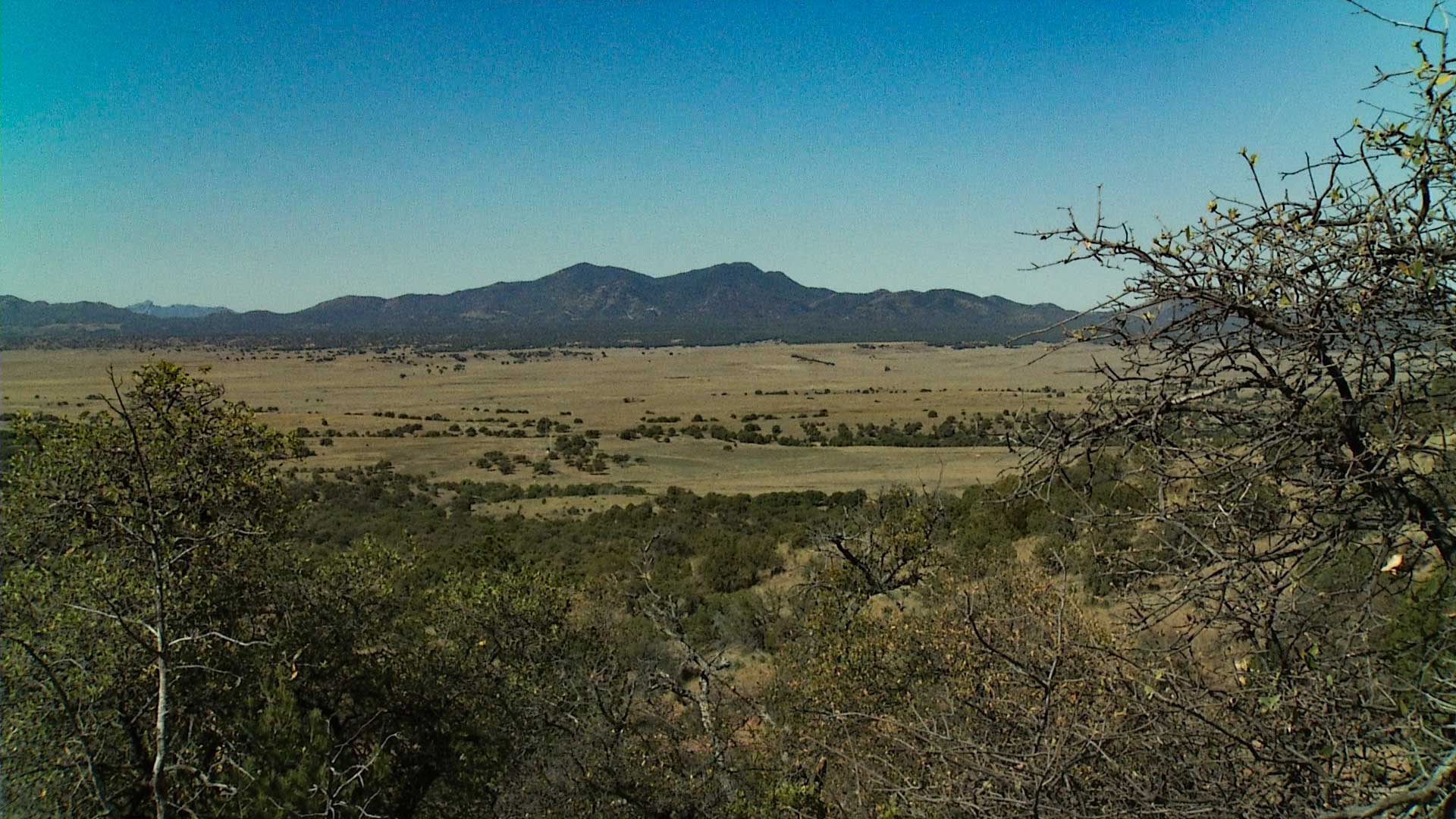 Looking west toward the San Rafael Valley and the Patagonia Mountains.
Looking west toward the San Rafael Valley and the Patagonia Mountains.
Plans for a new border wall are underway in the San Rafael Valley in southeastern Arizona.
Environmental groups like the Center for Biological Diversity are raising concerns at how it could impact a migration corridor for endangered wildlife like jaguars and ocelots in a recently published report.
Russ McSpadden with the Center says this specific corridor has had the most modern Jaguar detections in the last 100 years.
“This is the corridor that has been used by at least three jaguars since 2015, and that’s El Jefe, Yo’oko and O:shad, so that’s the big concern,” McSpadden said.
He also cited concerns that the Department of Homeland Security has fast-tracked construction of the tentative 30-foot-tall steel bollard wall by issuing waivers of environmental laws such as the Endangered Species Act, National Environmental Policy Act and Clean Water Act.
The Center and other groups filed comments to U.S. Customs and Border Protection asking them to reconsider the construction and commit to science-based mitigation measures.
Homeland Security awarded a $309.46 million contract to North-Dakota based contractor Fisher Sand & Gravel Co. to build 27 miles of new wall within the CBP’s Tucson Sector in Santa Cruz County.
“They issued a contract with Fisher, Sand and Gravel which has a history of environmental violations and so that’s also concerning that some of this work could just be done roughshod through the area,” McSpadden said.
The company was sued in 2019, by the federal government for impacting hydrology on border wall construction in Texas and violating a treaty with Mexico under the International Boundary and Water Commission.
Construction is expected to start later this year.

By submitting your comments, you hereby give AZPM the right to post your comments and potentially use them in any other form of media operated by this institution.